In this article:
Whiteheads are a type of mild, noninflammatory acne that develops when sebum, dead cells, and dirt build up inside a skin pore or hair follicle and remain trapped there due to a closed opening.
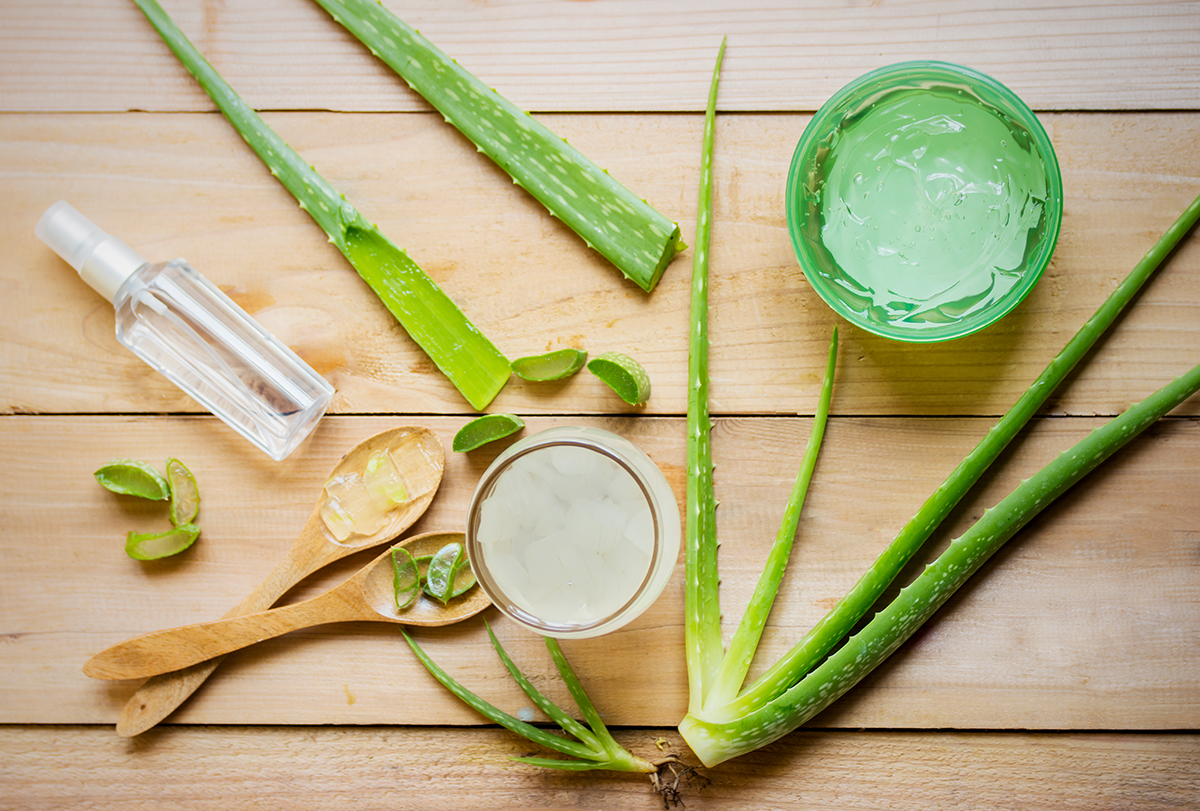
The mouth of the pore or follicle is covered by a layer of dead skin cells, blocking the release of these impurities. As the sebum pools inside the plugged pore, it forms a small white bump on top, which explains the name “whitehead.”
The collection of oil and dead cells inside the closed pore can then attract bacteria that feed on them and multiply, causing an infection. Once the pore becomes infected, the body responds by releasing inflammatory substances to the affected site that transform the tiny bump into a full-blown acne lesion.
To keep that from happening, it is best not to undermine the problem of clogged pores and address it through proper skin care measures. If the condition persists, consult your dermatologist about more advanced treatments.
Home Remedies to Help Reduce Whiteheads
Whiteheads are a common skin complaint but nothing that can’t be fixed through proper skin care using the right products and the following home remedies.
1. Tea tree oil
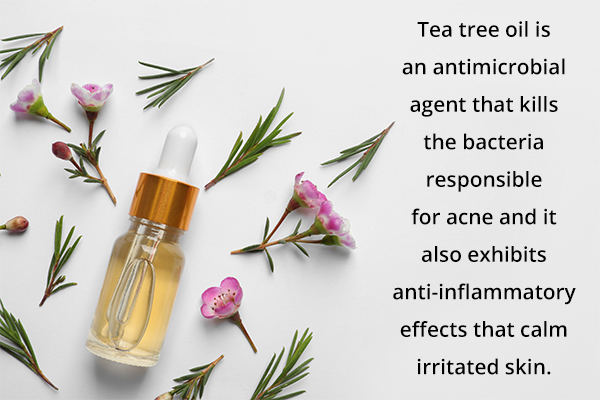
Tea tree oil is a commonly used ingredient in skin products that are specifically formulated for acne, from cleansers and toners to gels.
The reason behind its popular use is it has two properties that are much needed for acne control. First, it is an antimicrobial agent that kills the bacteria responsible for acne. Second, it exhibits anti-inflammatory effects that calm irritated skin. (1)
How to use:
- Mix 2–3 drops of tea tree oil in 2 tbsp of coconut oil.
- Apply this oil blend to the affected areas with a Q-tip.
- Leave it on overnight and wash your face the next morning.
Note: Tea tree oil, like any other essential oil, is very strong and can irritate or damage your skin when used in its original potency. It is essential that you dilute it with a carrier oil before topical use.
2. Witch hazel
Witch hazel is a natural astringent that removes excess sebum from your skin and tightens your pores to minimize buildup inside. Both these effects are useful in reducing whitehead formation, especially in people with naturally greasy skin. (2) Use witch hazel like a regular toner.
How to use:
- Cleanse your face and let it dry.
- Pour a few drops of witch hazel on a cotton pad and gently sweep it all over your skin.
- Apply a good moisturizer, and do the rest of your skin care routine.
3. Aloe vera
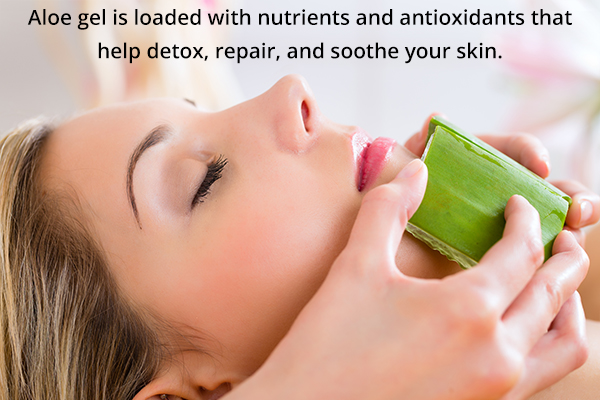
Aloe vera is deeply hydrating for the skin. This property is highly beneficial for whitehead control as dryness causes overproduction of sebum to compensate for the lack of moisture. The excess sebum ends up congesting your pores, leading to the formation of whiteheads and blackheads.
Plus, aloe gel is loaded with nutrients and antioxidants that help detox, repair, and soothe your skin.
How to use:
- Cut open an aloe vera leaf and extract its gel.
- Apply the aloe vera gel to the affected area or your entire face.
- Let it absorb into your skin for 20 minutes, and then rinse it off with warm water.
- Do this remedy once a day until the whitehead disappears. (3)
4. Activated charcoal
Activated charcoal is a popular ingredient in facial masks due to its skin-purifying properties. It draws out the sebum, dead cells, dirt, and other impurities settled deep inside your pores and binds them to its surface for easy removal.
It is also credited with antibacterial activity that can eliminate acne-causing bacteria to prevent breakouts. (4)
How to use:
- Put some activated charcoal, aloe vera gel, and 1 drop of tea tree oil in a small bowl, and mix them well to form a smooth paste.
- Gently massage this mixture all over your face in circular motions for 1 minute.
- Leave the mask on for 10–15 minutes before washing it off with warm water.
Self-Care Tips and Preventive Measures
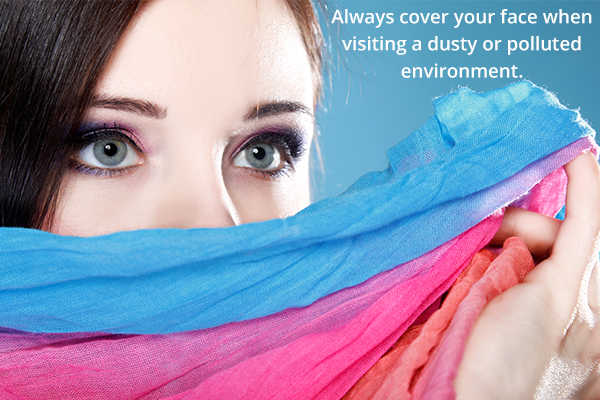
Here’s what you can do to prevent and treat whiteheads:
- Always cover your face when visiting a dusty or polluted environment.
- Your makeup applicators collect a lot of product residue, dead cells, sebum, and dirt over time and can easily become breeding grounds for acne-causing bacteria. Using these contaminated tools on your skin will lead to breakouts. So, regularly clean your makeup tools in warm water to remove the impurities and kill any bacteria in them.
- Don’t wash your face too frequently as excessive exposure to water (especially hot water) can strip the moisture from your skin and trigger sebum overproduction, which leads to whiteheads. For the same reason, do not use soaps that contain harsh chemicals, which can dry out your skin. Use a mild facial cleanser and lukewarm water to rinse your face two times a day.
- Try not to touch, squeeze, or pop your whiteheads or pimples as this can cause scarring and may even spread the infection to other areas of the skin.
- Buy cosmetics and skin products that are labeled noncomedogenic, which means that they are lightweight and oil-free and therefore will not clog your pores.
- Never go to sleep with makeup on, even if it is noncomedogenic. Use micellar water or a suitable makeup remover to wipe traces of product from your skin before bedtime. This will allow your skin to breathe and heal overnight.
- Your pillow covers collect dust from the environment and the impurities shed from your hair and face on a daily basis. Resting your face on such dirty surfaces can contaminate your skin and trigger acne breakouts. Therefore, change your pillow covers every few days.
- Exfoliate regularly to deep clean your pores and remove dead skin from your face. However, be gentle when doing so and use the right product. A range of granular scrubs and chemical exfoliants are widely available. Ask your dermatologist to guide you toward the best option for your skin type and condition.
Most-Asked Questions About Whiteheads
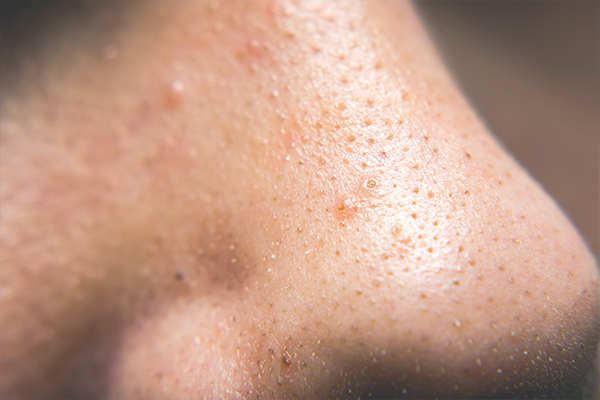
Who gets whiteheads?
Anyone can get whiteheads at any point in their life, but certain factors can make one more prone to this problem and acne in general.
These factors include oily skin, hormonal fluctuations triggered by puberty and menstruation, a greasy diet, and using comedogenic makeup or skin products, among others.
Are whiteheads painful?
Whiteheads are not marked by an underlying skin inflammation, which is responsible for the pain, swelling, and redness associated with regular acne lesions. So, no, whiteheads are not painful as they are a non-inflammatory form of acne.
Final Word
Whiteheads are painless and non-threatening but can ruin your skin texture and appearance, so they do qualify as a legitimate cosmetic concern. Plus, if the congested pore becomes infected, the whitehead will transform into an angry inflammatory pimple.
Occasional whiteheads here and there don’t warrant medical treatment and tend to clear up on their own, so long as you don’t pick at them, which can damage the skin and leave stubborn scars that take months to fade.
However, if you frequently get whiteheads on large areas of your face such that they become a source of distress, you may consult a dermatologist about the best way to address the problem.

- Was this article helpful?
- YES, THANKS!NOT REALLY


